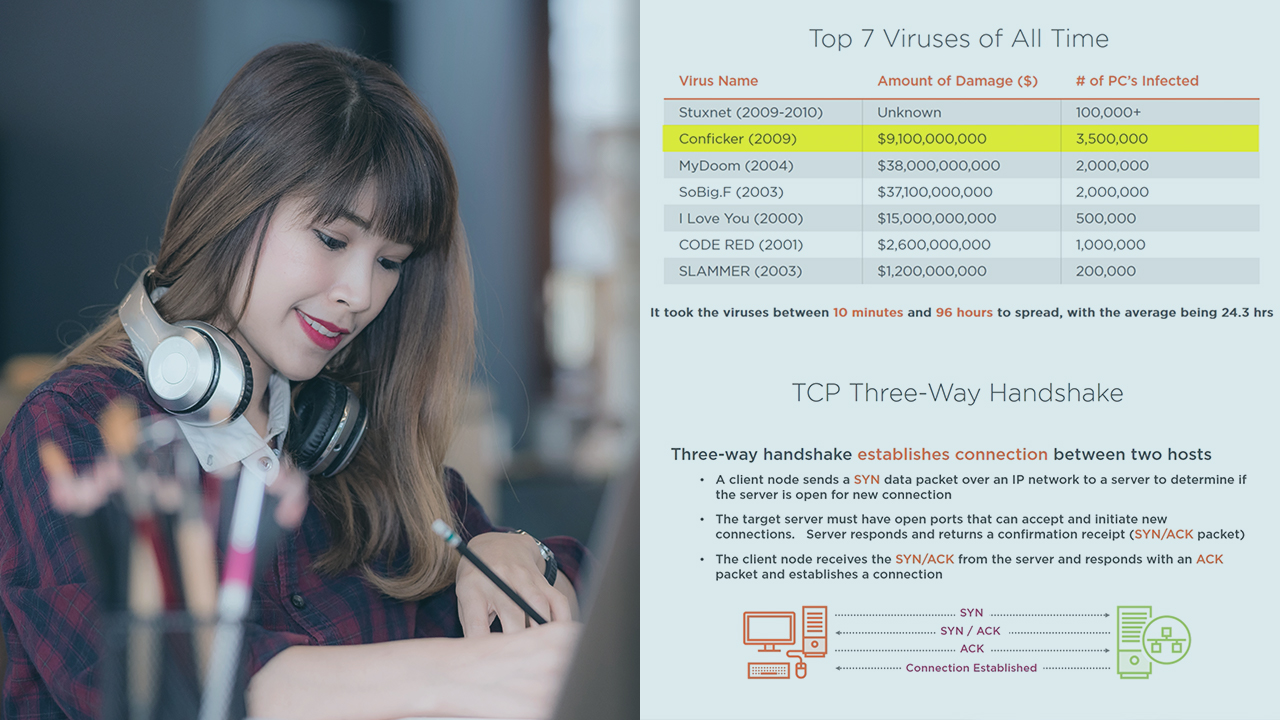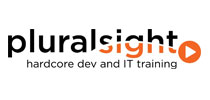در حال حاضر محصولی در سبد خرید شما وجود ندارد.

This course will teach you the fundamentals and key concepts around the threats, attacks, and vulnerabilities your organization is likely to face. More importantly you’re learn how to mitigate those risks and protect your organization.
در این روش نیاز به افزودن محصول به سبد خرید و تکمیل اطلاعات نیست و شما پس از وارد کردن ایمیل خود و طی کردن مراحل پرداخت لینک های دریافت محصولات را در ایمیل خود دریافت خواهید کرد.


Identity and Access Management for CompTIA Security+

Implementation of Secure Solutions for CompTIA Security+

Risk Management for CompTIA Security+

Cybersecurity and Artificial Intelligence

Technologies and Tools for CompTIA Security+

CompTIA Security+: Exam Briefing

Architecture and Design for CompTIA Security+

Security Management: A Case Study

Architecture and Design for CompTIA Security+

Implementation of Secure Solutions for CompTIA Security+
✨ تا ۷۰% تخفیف با شارژ کیف پول 🎁
مشاهده پلن ها